Coke and The Coking Plant...
Start of a new series on the steel industry. Steel making part 1.
I have been wanting to write some steel mill related stuff but hadn’t been able to figure out where to get started. I decided to kick this off with a description of coke and the coking plant since these facilities are part of the steel making process but aren’t really mentioned much. This post will be a shorter post and will have more images than mansplinations than normal as the coke process is fairly straight forward to explain and would be better understood through images, plus coke plants are kinda dramatic and make for some really cool pics.
Intro
Essentially, there are two ways of making steel:
recycling old steel by melting melting scrap steel and iron and then casting new billets, blooms, or slabs and then rolling the new billets, blooms, and slabs into whatever products the mill produces.
producing new steel by converting iron ore into pig iron in a blast furnace and then creating new steel in a Basic Oxygen Furnace by adding scrap iron and steel to molten pig iron and then casting the liquid steel into ingots, which later get rolled into a product.
The first method is pretty much how it is done now and is accomplished in what is called a “mini-mill”. These mini-mills use electric arc furnaces to melt scrap iron and scrap steel in 100 ton batches, which is then cast and rolled into a finished product. They typically only produce one or two products per plant at time. This is the way steel is mostly made now and is incredibly efficient and productive. These mills are relatively compact and have the ability to be started and stopped in fairly easy way.
The second method uses what is known as an integrated steel mill. These are huge manufacturing complexes that usually produce large volumes of multiple products with in the same complex. These facilities are incredibly complicated and require an immense amount of infrastructure to operate, most of which is located on the mill property. Integrated mills complexes may produce coiled steel in giant rolls, plate, structural shapes, and tube or pipe at various mills all located on the plant’s premises. This way of making steel is what made the US, at one time, the largest producer of steel in the world and is typically what we think of when we usually think when steel mills are mentioned. There are still many of the plants in operation in the US but they are in decline as newer technologies replace these older facilities, some of which are over 100 years old. The direct reduced iron process is replacing the blast furnace and the mini-mill is replacing the rest of the complex. But those are for posts for another time…
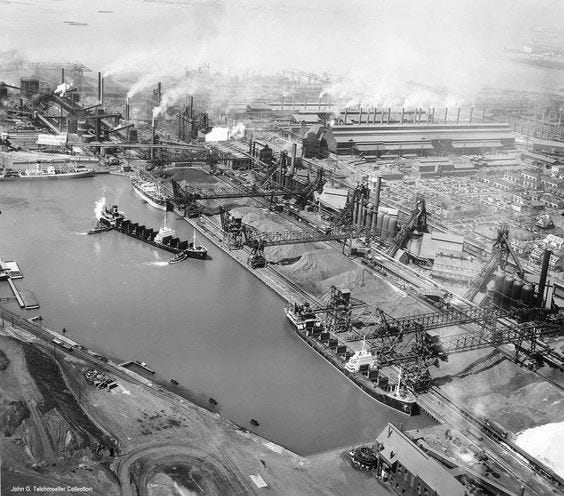
The first part of the integrated steel mill’s process is the blast furnace. A blast furnace is a giant converter of ore into pig iron. Mined iron ore, which here in the US is mostly a mineral of poor iron concentration known as taconite, is added to the top of the furnace along with limestone and a product known as coke. These three ingredients are added in layers and as they pass through the furnace, they all work their magic in order to produce pig iron, which is a raw material for the steel making process and for foundries that are casting iron into stuff.
The focus of this post is going to be on coke as coke is prolly the least known ingredient in the process, plus… it’s what I feel like writing about at the moment.
What It Is and How It’s Made
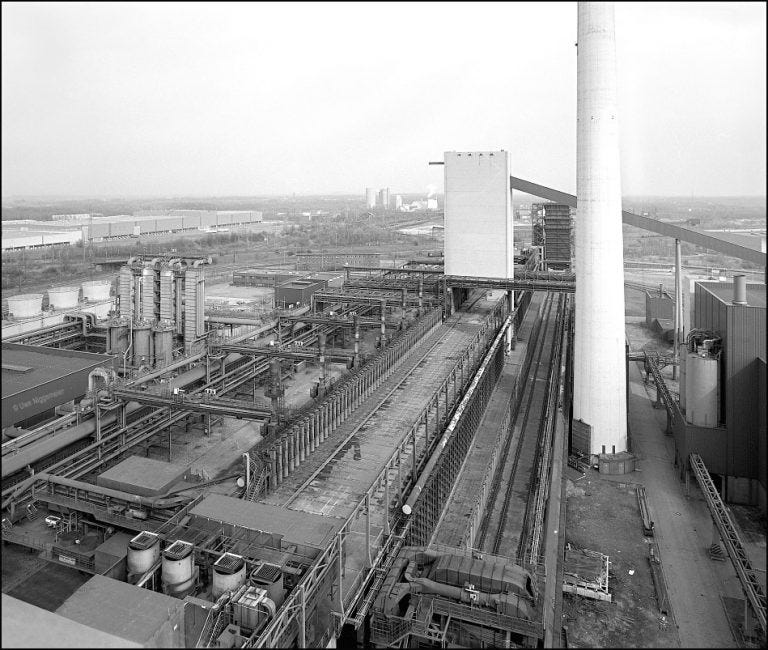
So what is coke and why is it needed? Well… basically, coke is coal, typically bituminous coal, that is baked in a giant oven. This process is known as pyrolysis which is simply a process where a compound is reduced using heat. When coal is baked in an oxygen free environment, water and various chemicals are released from the coal and then collected to be processed into commercially useful chemicals and compounds. One of which is a gas that can be used as a fuel source for the coke ovens, boilers, and blast furnaces of a steel mill. This gas is mostly carbon monoxide, which is somewhat highly flammable, and used to be known as “coal gas”. This is what originally fueled gas lamps in the early 1800s until natural gas could be managed relatively safely. Towns would have a local “gas works” where coke was produced and the gas released during this process was used to light street lamps.
Since most of the pollutants are driven off during the coking (baking) process, what is left is nothing more than a piece of carbon that can be used as a fuel source which produces very little smoke and ash but creates a high amount of heat in blast furnaces and blacksmith forges. At one point, coke was used to fuel commercial and industrial boilers once air pollution regulations started to become a thing.
Mansplainin’ the Process
So how does it work? Well… different grades and sources of raw coal are blended together in order to form a more uniform product and then the coal is crushed to a uniform size. After blending and crushing, the coal is loaded into a storage bin. When the coke oven is ready of a new charge of fresh coal, the coal is loaded into a charging car, also known as a larry car, and then carted out to the oven in need. There, the larry car drops the fresh coal into the top of the oven through some small charging ports located on the top of the oven. The oven is closed off and the coal is then allowed to bake at temperatures between 1800 and 2000 degrees for 15 - 30 hours depending on the coal being used and based on the end product.
When the coal has been converted into coke, the oven doors are opened on the sides of the oven and a machine, known as a pusher machine, pushes the coke out of the oven and into a railcar, known as a quench car. At this point, the coke is glowing bright orange and needs to be quenched before it starts to burn. This is the next step in the process. The quench car carries the coke to the quench tower where a tremendous amount of water is dumped on the coke. From here the coke is loaded onto rail cars and transported to steel mills where it will be unloaded and stored in stockpiles until it will be loaded into the furnace.
The following sequence of pictures, which I jacked from pinterest, show the steps in the process for clarity.
The process…
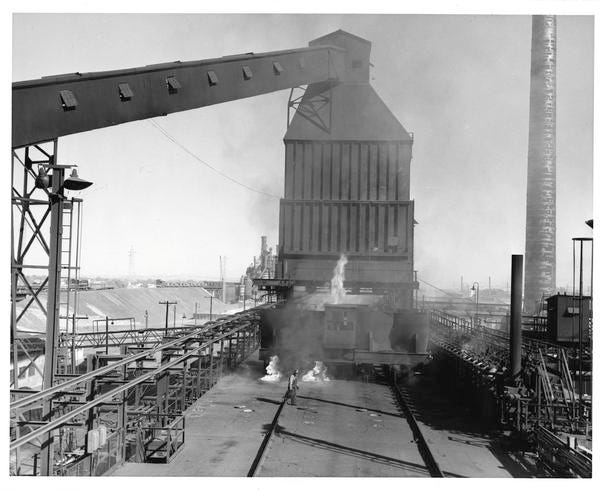
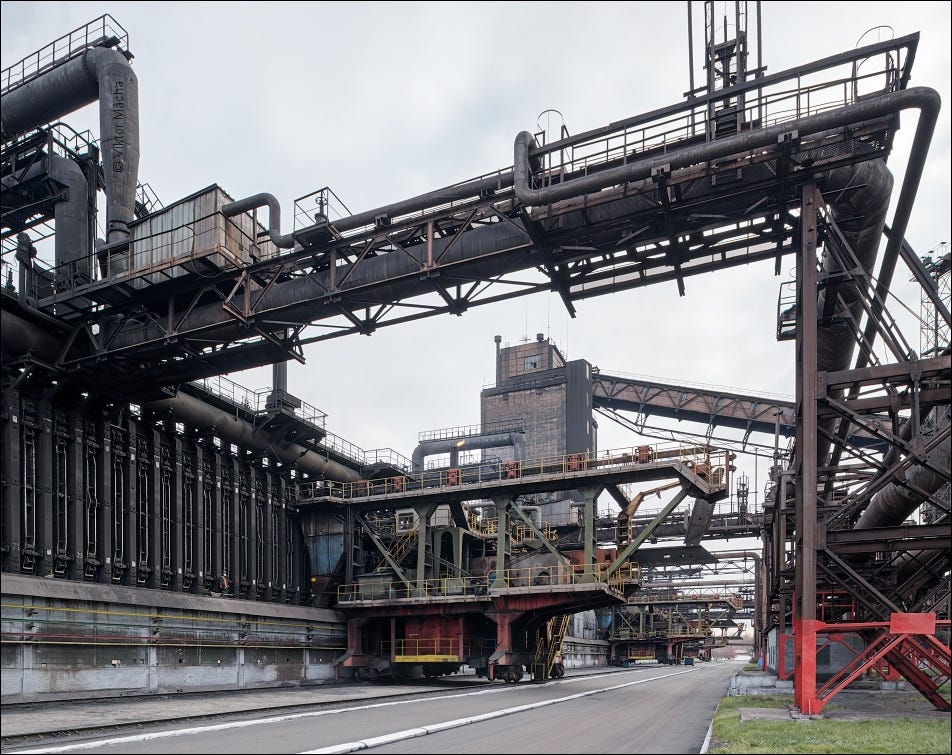

Conclusion
Annnndddd there it is… a quick and simple mansplaination on how coke is made and what it is used for.
I’ll be posting more about steel mills and the steel industry in the future since steel making is something that I have always had an interest in and really enjoy learning and writing about.
Thanks for following along. I wanted to make a quick post that was steel mill related and figured that this was the best place to start since it’s the easies to explain and the least talked about part of the steel making process. If you have any questions, please feel free to ask since questions help us all learn and please share and subscribe. As always, I hope that you have a blessed day.
Fair Winds and Following Seas,
Nate




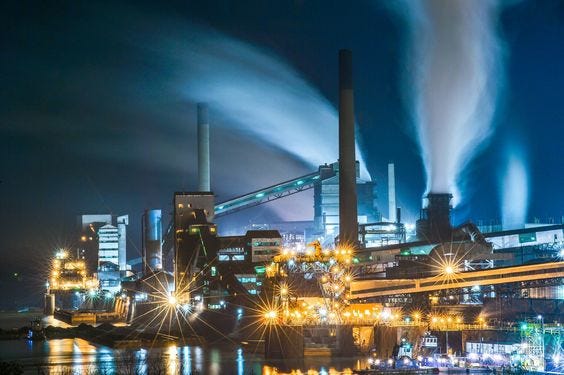
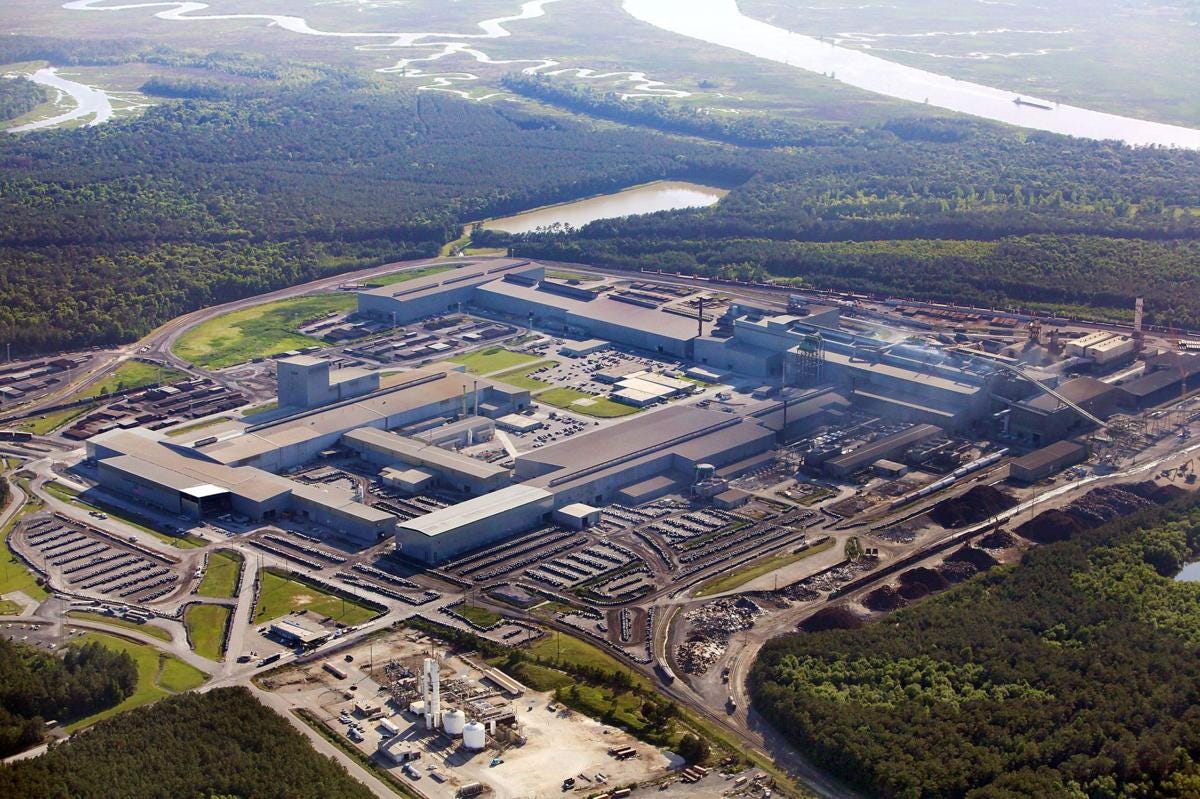
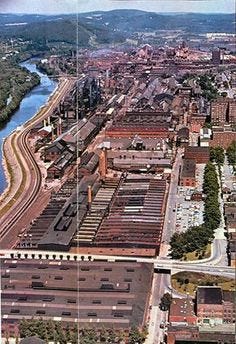
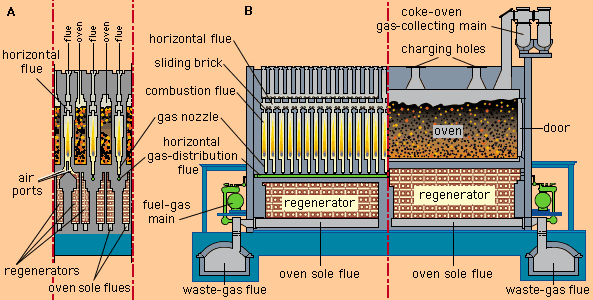
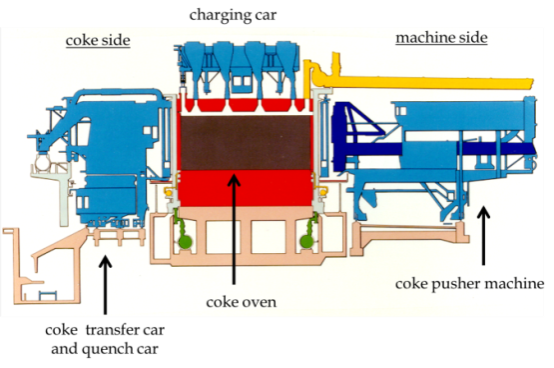
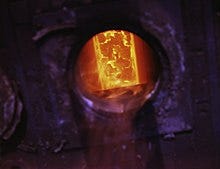
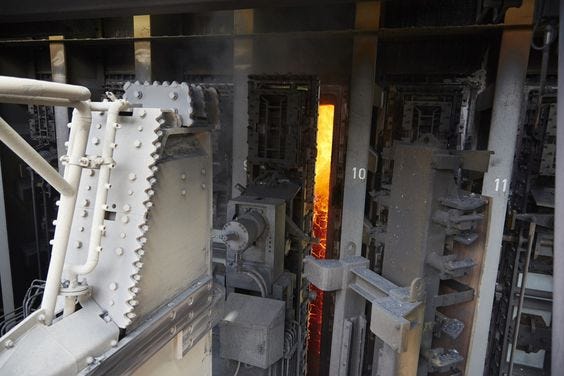
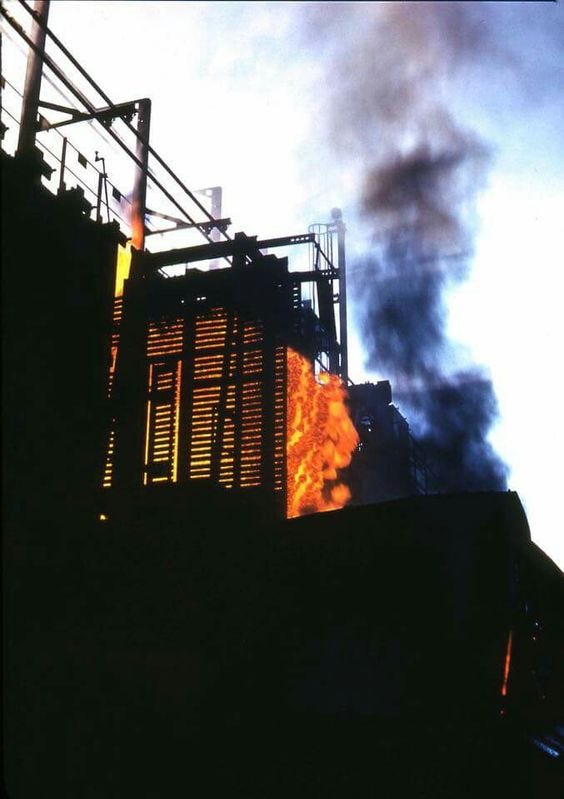
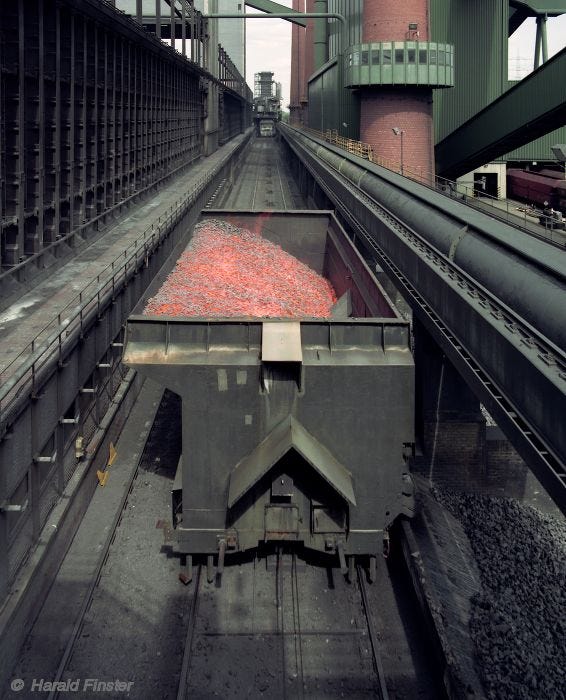
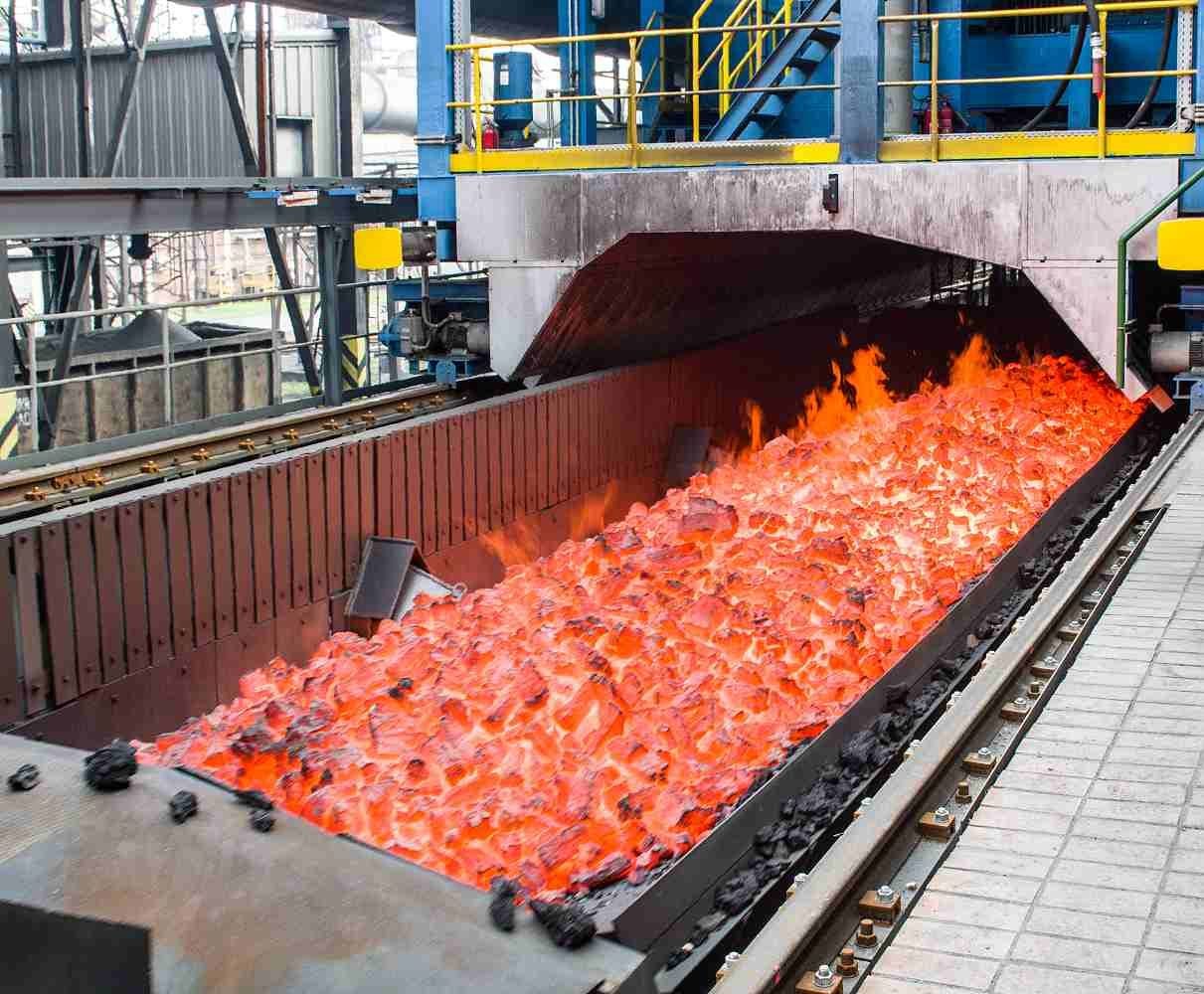
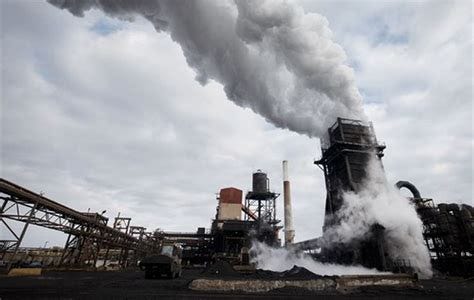
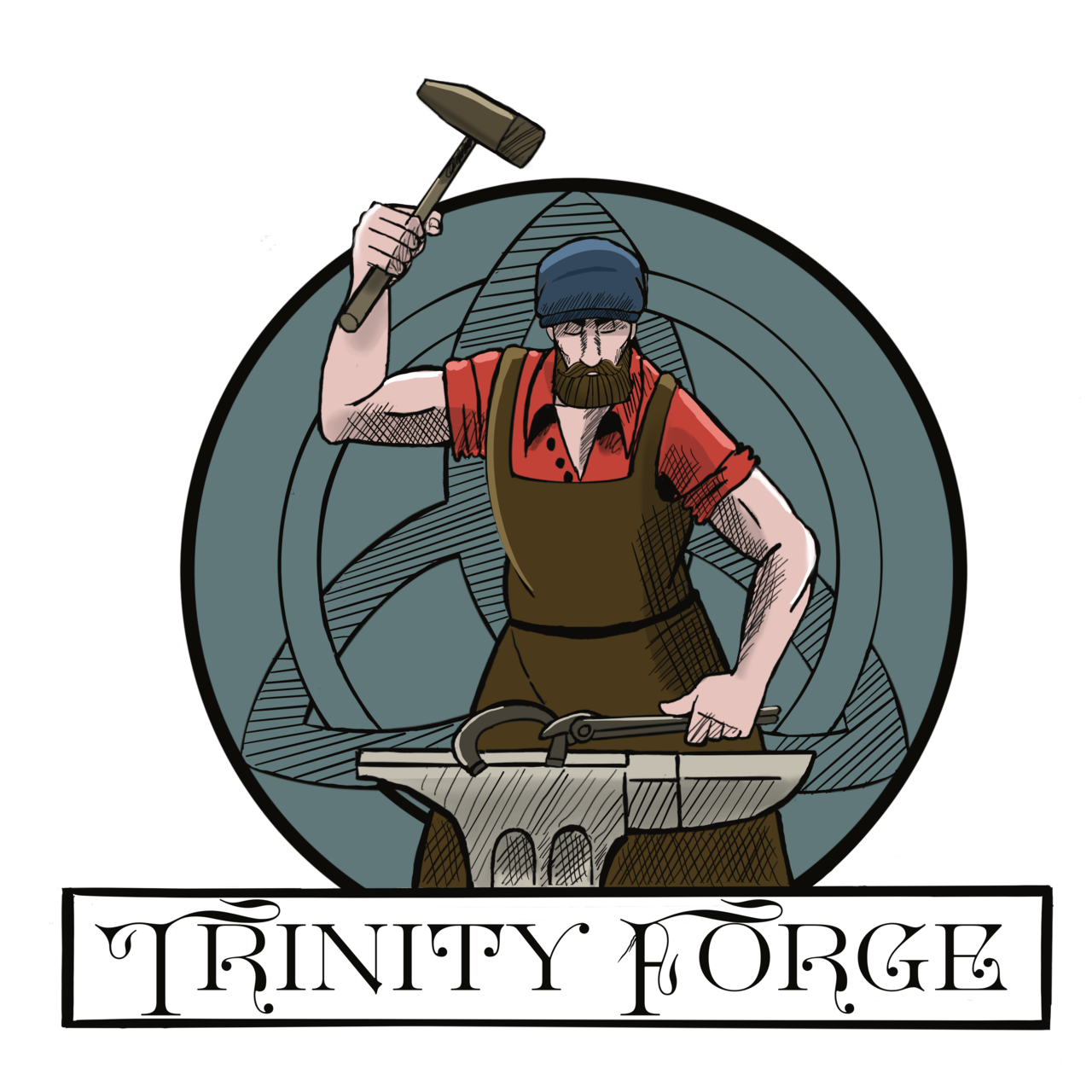

Good explanation of the Coke process. I know there is a huge difference in the integrated mills and the mini mills. I look forward to you post on this process.